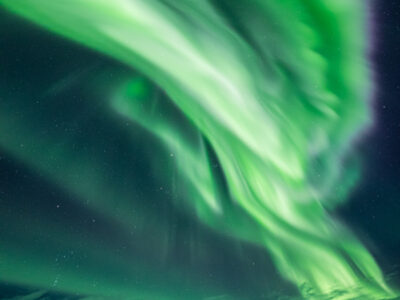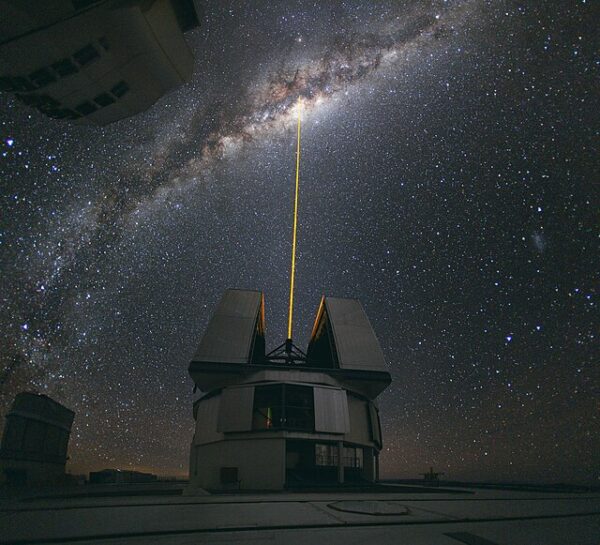
NASA’s James Webb Space Telescope has done it again. The American space agency showed off its new capabilities with the clearest image of Neptune in three decades. Not only has the Webb telescope caught the most precise view of this distant planet’s rings, but its cameras also show the “the ice giant in a whole new light.”
In a Tweet, NASA wrote, “Webb’s latest image is the clearest look at Neptune’s rings in 30+ years, and our first time seeing them in infrared light. Take in Webb’s ghostly, ethereal views of the planet and its dust bands, rings and moons.”
The agency continued in another tweet: “That’s no star. It’s Neptune’s large, unusual moon, Triton! Because Triton is covered in frozen, condensed nitrogen, it reflects 70% of the sunlight that hits it — making it appear very bright to Webb. 6 of Neptune’s other moons (labeled) are also seen here.”
That’s no star. It’s Neptune’s large, unusual moon, Triton! Because Triton is covered in frozen, condensed nitrogen, it reflects 70% of the sunlight that hits it — making it appear very bright to Webb. 6 of Neptune’s other moons (labeled) are also seen here. pic.twitter.com/xJCsE8bn3q
— NASA Webb Telescope (@NASAWebb) September 21, 2022
NASA wrote, “Most striking in Webb’s new image is the crisp view of the planet’s rings – some of which have not been detected since NASA’s Voyager 2 became the first spacecraft to observe Neptune during its flyby in 1989. In addition to several bright, narrow rings, the Webb image clearly shows Neptune’s fainter dust bands.
Hey Neptune. Did you ring? 👋
Webb’s latest image is the clearest look at Neptune's rings in 30+ years, and our first time seeing them in infrared light. Take in Webb's ghostly, ethereal views of the planet and its dust bands, rings and moons: https://t.co/Jd09henF1F #IAC2022 pic.twitter.com/17QNXj23ow
— NASA Webb Telescope (@NASAWebb) September 21, 2022
“It has been three decades since we last saw these faint, dusty rings, and this is the first time we’ve seen them in the infrared,” notes Heidi Hammel, a Neptune system expert and interdisciplinary scientist for Webb. Webb’s extremely stable and precise image quality permits these very faint rings to be detected so close to Neptune.
More subtly, a thin line of brightness circling the planet’s equator could be a visual signature of global atmospheric circulation that powers Neptune’s winds and storms. The atmosphere descends and warms at the equator, and thus glows at infrared wavelengths more than the surrounding, cooler gases.
Neptune’s 164-year orbit means its northern pole, at the top of this image, is just out of view for astronomers, but the Webb images hint at an intriguing brightness in that area. A previously-known vortex at the southern pole is evident in Webb’s view, but for the first time Webb has revealed a continuous band of high-latitude clouds surrounding it.”
Webb also captured seven of Neptune’s 14 known moons. Dominating this Webb portrait of Neptune is a very bright point of light sporting the signature diffraction spikes seen in many of Webb’s images, but this is not a star. Rather, this is Neptune’s large and unusual moon, Triton.
The Instagram post with the image accumulated over one million likes in just two hours. Wow!
The Daily Sun reported, “Nasa is hoping to produce even more stunning images with the James Webb Space Telescope. It says it will offer humans an unprecedented look at the universe.”
[Read More: Your Favorite Toy Shop Is Back]










[…] [Read More: Neptune Seen Like Never Before] […]